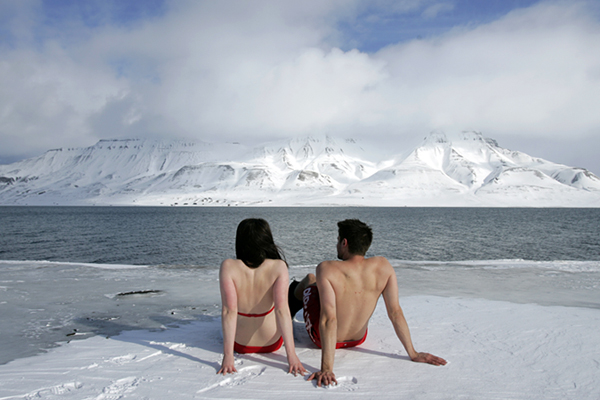It started with off-grid locations, places where electricity was either carried in or generated on-site. Then it beat expensive diesel generators. In 2010, unsubsidized solar electricity could best on-grid retail electricity prices of major utilities in Hawaii. In the next decade, residents in metropolitan areas representing 100 million people will watch the biggest solar barrier yet – economics – fall by the wayside.
But cost isn’t the only barrier to solar, and U.S. states should carefully consider the lessons learned in Hawaii as solar creeps toward cost parity with the grid.
For one, utilities adhere to archaic limits on local power generation that can severely curtail the expansion of residential and commercial rooftop solar power. For another, local permit authorities can be overwhelmed when cost-effective solar means that as many has half of local building permit applications are for solar installations. And costly electrical upgrades and grid interconnection studies can add thousands to the cost of solar arrays.
Then there are the 3 out of 4 residential and commercial buildings that aren’t suitable for solar because of the orientation or shading or the occupant is a renter, but who could “go solar” by sharing in a community project.
And of course there’s the political backlash if the existing incentives for solar don’t scale back commensurate with the falling cost of solar, leaving taxpayers holding the bag.
This short presentation outlines the challenges and solutions from Hawaii (and the full details can be found in the report here):


